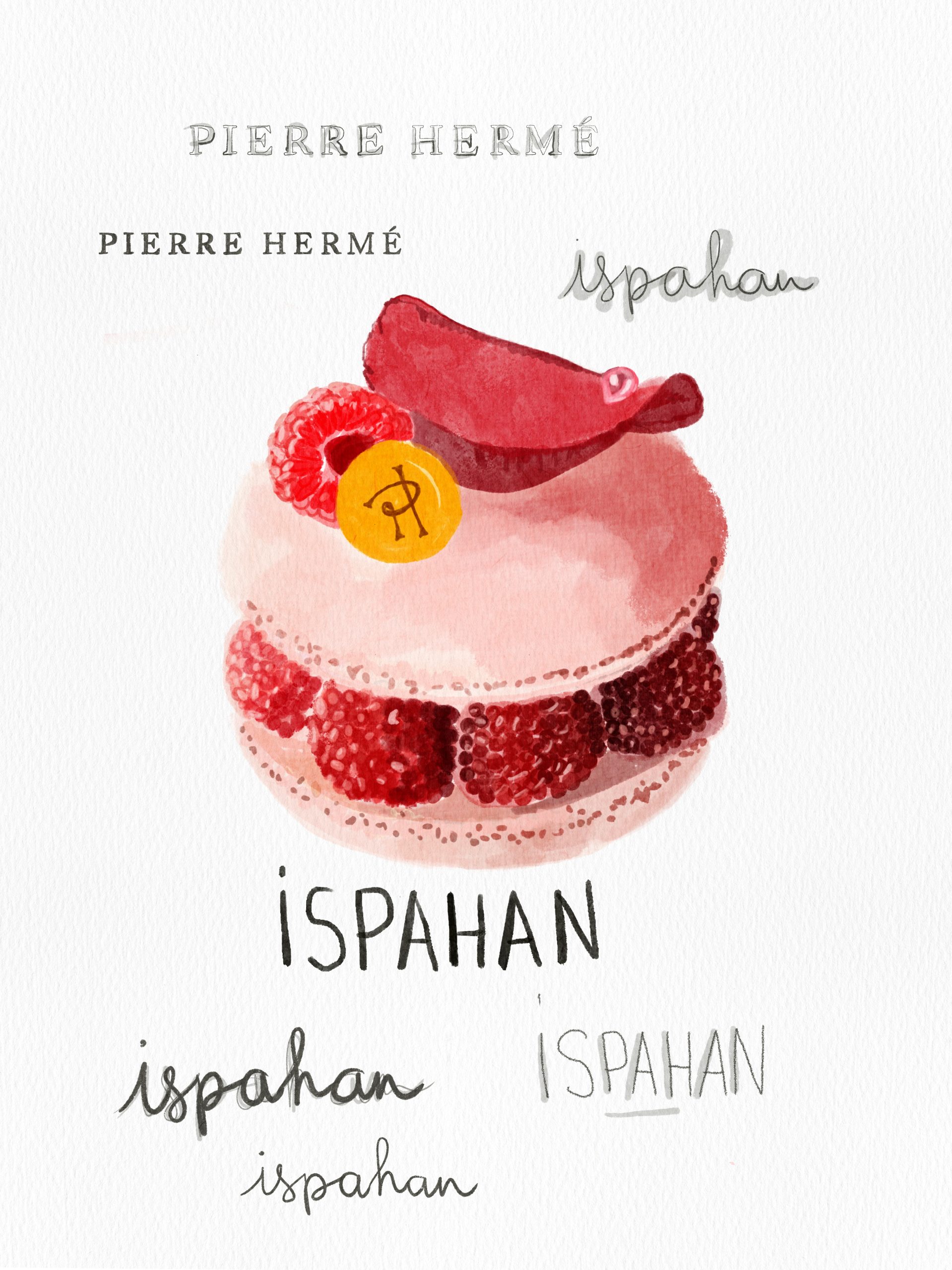
There are things you can never ignore.
At times, you wish you’d forgotten; crab hunting, kissing in the wind, eating peanut butter and jelly sandwiches, drinking beer by the bottle, killing flies, licking icy popsicles.
Other times, you’re simply happy to remember; stepping into Pierre Hermé’s kitchen, signing my apprenticeship contract, taking a plane to a new life, biting into a perfectly chewy spinach and cheddar muffin.
It was a Saturday or Sunday – the day does not matter – of an early autumn morning.
I had just arrived to London.
The air was crisp and the sky just turning blue after a night made of blankets and raindrops hitting the windows.
Somehow, those pretty rustic muffins felt fitting. Right that second, I could smell vanilla frosting and feel the warmth from a just-opened oven door. And by all means, I could hear words from happy people.
I remember how the first bite burnt my tongue. I remember the heat of pepper, the flavour of onion, spinach, cheddar and perhaps even Portobello mushrooms. And the crumb.
And then, in between creating desserts and reading books, I forgot about this moment. You know, that everyday-kind of happiness. But as autumn sneaked on us – in a rather unexpected manner – the frosty mornings and dark evenings made our house feel like home.
A home with soft lights, throws on the sofa, a whistling kettle, and muffins in the oven.
Spinach and cheddar muffins
Adapted from the Hummingbird Bakery.
I could express my love for these muffins through an extended description of their qualities. The bold flavours, the perfect chewy crumb.
But the fact that they are equally delicious for breakfast, lunch or dinner – preferably with a side of piping hot soup, makes them my favourite in the world.
Spinach and cheddar muffins
makes 12
30g butter
one small onion, finely sliced
one fat clove of garlic
one chili pepper, finely chopped
350g plain flour
2 1/2 tsp baking powder
a good grind of black pepper
200g cheddar, grated
250g milk
one egg
130g spinach
Preheat the oven to 170°C. In a pan, melt the butter over medium heat and cook the sliced onion until soft. At the end, grate the garlic and throw the chili into the pan and give a good stir to combine the flavours.
In a bowl stir the flour, baking powder, pepper and cheddar. In another bowl, whisk the milk and egg together, then pour onto the flour mixture using a wooden spoon to fold.
The batter will be quite thick, and I must admit I like to use my hands to incorporate the cooled onions and spinach.
Divide into twelve muffin-cases and bake for 35 minutes. Remove the muffins from the tin and allow to cool on a rack.















